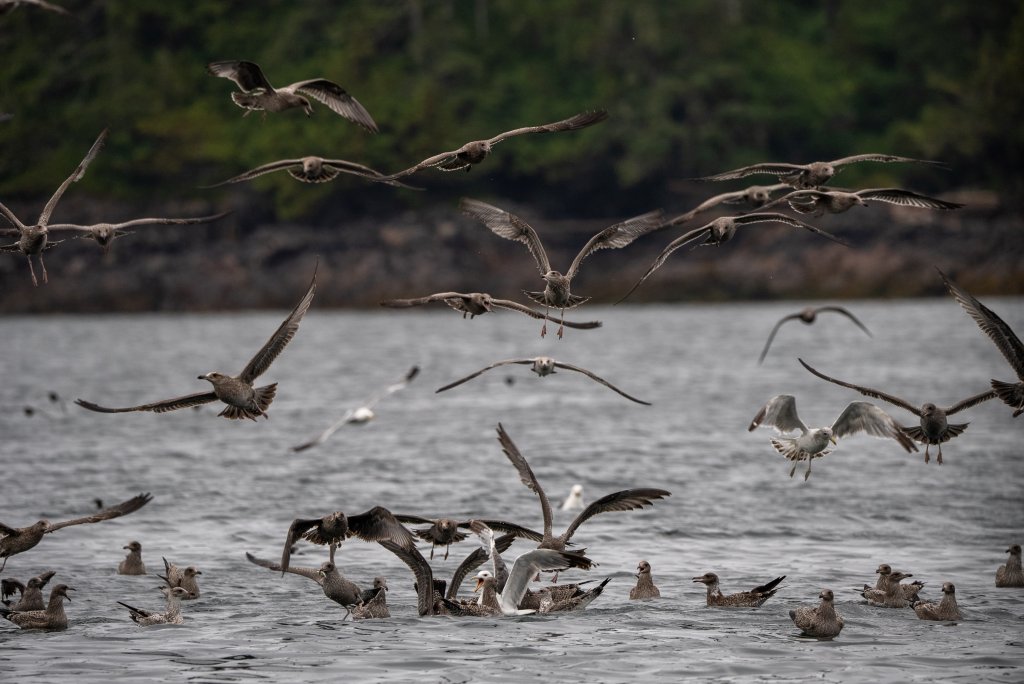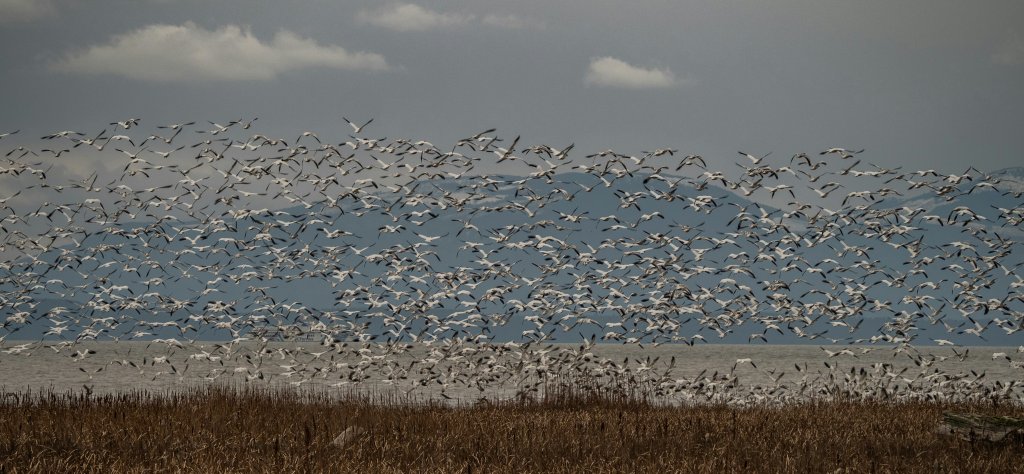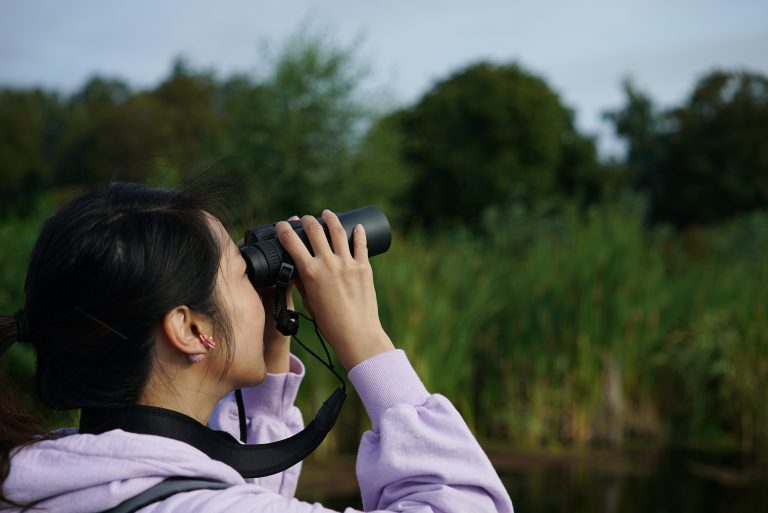As a fledgling birder, you may be starting to get more comfortable with birding. You’re starting to pick up on the lingo, you know the hot spots for birding activity in your local area, and perhaps you’ve joined a couple of local chat groups or forums for birders. You may not yet know, but your new hobby can actually help conservation biologists and naturalists by counting birds!
Why Count Birds?
Welcome to the world of citizen science! By taking your birding hobby to the next level through collecting, sharing, and contributing data to monitoring and collection programs, you provide an important service to conservation efforts. This, in turn, helps your local birds.
Counting birds is one of many ways birders can help on the citizen science front, but being able to count birds does require some knowledge and some practice. There are many different bird counting events that happen throughout the year, such as eBird’s Global Big Day, the Great Backyard Bird Count, or the Christmas Bird Count that happens in local communities all over North America.
You can find out about your local Christmas Bird Count through Birds Canada and contact your local coordinator to learn how to participate.

How Do I Help?
If you’re truly a beginner, the best first step may be to find some local, experienced birders who are willing to have you tag along. Shadowing fellow birders is a great way to pick up on the basics of bird counting.
Counting birds can definitely be an intimidating aspect of birding for beginner (and even intermediate!) birders, but it doesn’t have to be! We’ve written some great starting points to help you start counting birds on your own.
What Does Counting Birds Involve?
Your goal is to count as many birds as you can identify and keep track of them. You’re looking to record their species name and the number of individuals. Whether you’re counting for yourself or as part of a group for a specific counting event will decide where you should be submitting your data. Some events require creating an account and logging your data on eBird or submitting it to your counting group.

How Do I Start Counting Birds?
See a bird and know what it is? Write it down! For the times where you don’t know, like when you see what looks like some sort of gull, but you aren’t quite sure which specific species, take note of what you see. Using a notebook, your phone, taking a photo, or even through the Merlin app, gather as much identifying information as you can. The size, colour, habitat, activity, notes about what you think their call sounded like (or even a recording!), can all be used to identify a bird after your excursion. Once you become more familiar and quicker with identifying birds, you can plug your entries right into eBird, or make a quick list to upload later.
For the times you really can’t be sure of the species, there’s a way to document that when reporting: “Sp.” For example, you might see a dozen gulls flying in the distance and can’t possibly tell which species they are, so you’d log “12 gull sp.”
How Do I Count Large Flocks?
How do you count all those birds in a huge flock? This skill takes some practice, but taking photos can help you get there. Take or find a photo of a small flock of birds and count them. If there are dozens or hundreds, make a mental note of what a group of ten looks like. Often, you’ll be estimating using a quick assessment like, “That looked like roughly four or five groups of 10 in that flock,” and then write down an estimate of 45.

For large flocks and groups, an accurate (or estimated) number is ideal, but sometimes you might need to note that a species was present in the area without knowing exactly how many. This could be written or logged as “X American Robin”, for example.
Additional Notes
When moving around in a large area, keep separate lists for each section of that area. It’s more scientifically useful to have a few small lists for spots in an area than one big one that covers a 50km route with multiple stops.
With these tips, you’re set to try your hand at counting and identifying birds in your local community. For some more in-depth information on counting birds, check out eBird’s article. And keep your eye out for big “bird count” days to test out your newly-honed counting skills!
If you’re looking for some tips on how to identify birds, check out our Field Notes guides: Identifying Birds by Sight and Identifying Birds By Their Songs and Calls.



